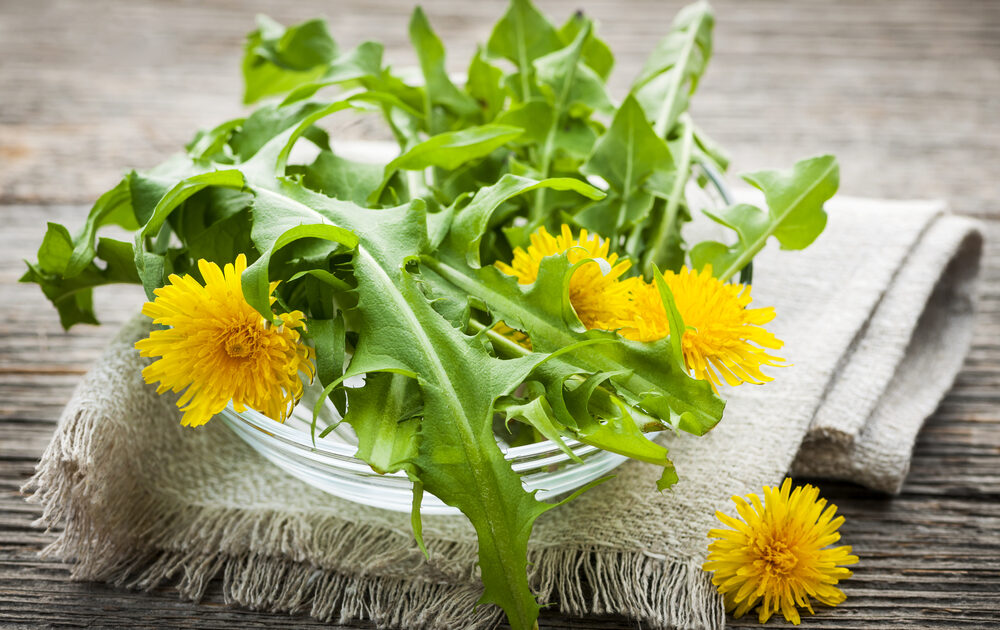Foraging 101: Edible Wild Plants from the City to the ‘Burbs

If you think foraging is all about hipster restaurants overcharging for dishes with Fiddlehead ferns and wild ramps, think again. Foraging for edible wild plants is more than just a food trend. Foraging is in our blood. We evolved from foragers.
Foraging helps put us back in touch with nature and all its delicious abundance. From the wild garlicky goodness of spring ramps to the mushroom cornucopia of autumn, and the mulberries in between, edible wild plants are mother nature’s groceries.
And whether you love in the countryside, the suburbs, or the city, foraging offers a chance to get back to your roots. It wouldn’t be practical to base your entire diet off of foraged foods, but most of us can easily incorporate some edible wild plants into our routine.
Basic Foraging Tips for Edible Wild Plants
- Begin with foods that are easily identifiable and get a good reference source, like the “Peterson Field Guide,” for your area. Even better, learn from experienced foragers whether informally or through foraging classes or tours. Try your local nature society, park service, and the Cooperative Extension for classes and tours.
- Start off easy. Some beginning foods that are commonly found, include:
- Dandelions – The young green leaves are good in salads and the yellow flowers can be used in jelly or deep fried.
- Plantains – Found in overgrown lawns, or even between cracks in the sidewalks, the plantain weed tastes like bitter spinach. The inner leaves can be eaten raw, but the outer leaves should be cooked to reduce bitterness.
- Acorns – While easily foraged wherever oak trees are found, acorns need to be soaked several times to remove tannins that make them bitter (and can cause some damage to your liver). Then they can be ground into a meal to use them like any other nut. Acorn butter, anyone?
- Remember the cardinal rule of foraging: When in doubt, throw it out. Never eat something you cannot positively identify.
- Don’t over-forage. Only take a portion of what you find–foraging should be sustainable. In addition, only take well-established and healthy plants.
- Avoid areas that have been sprayed with insecticides or pesticides or areas subjected to heavy pollution. This is certainly more of a challenge in cities and the suburbs.
- Learn the local laws on foraging in public areas and abide by them. Gain permission to forage on private property and do not trespass.
Foraging can be a rewarding experience, and even if you come up empty on a foraging trip the walk around your nature preserve or backyard is certainly more rewarding than a trip to the grocery store could ever be.
Useful Resources for Urban, Rural & Suburban Foraging
- Falling Fruit – A interactive map of foraging resources in urban and suburban areas.
- Edible Cities – Another urban foraging map.
- Edible Wild Food – A resource for foragers, by foragers for finding and identifying edible wild plants.
- Peterson Field Guides – A collection of field guides for flora and fauna by region. Useful for identifying edible wild plants.
- Cooperative Extension Service – A division of the USDA with offices and resources in communities around the country.
Related on Organic Authority
Map Your Way to Ultimate Urban Foraging
Foraging Frenzy: Is Eating Wild Food Safe?
Foraging for Wild Foods: Yes You Can
Image: Foraged Edible Dandelions via Shutterstock

